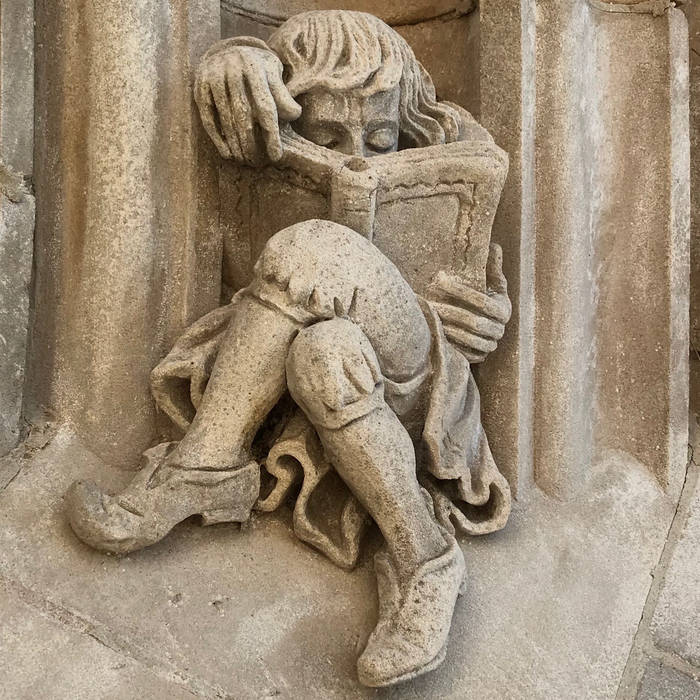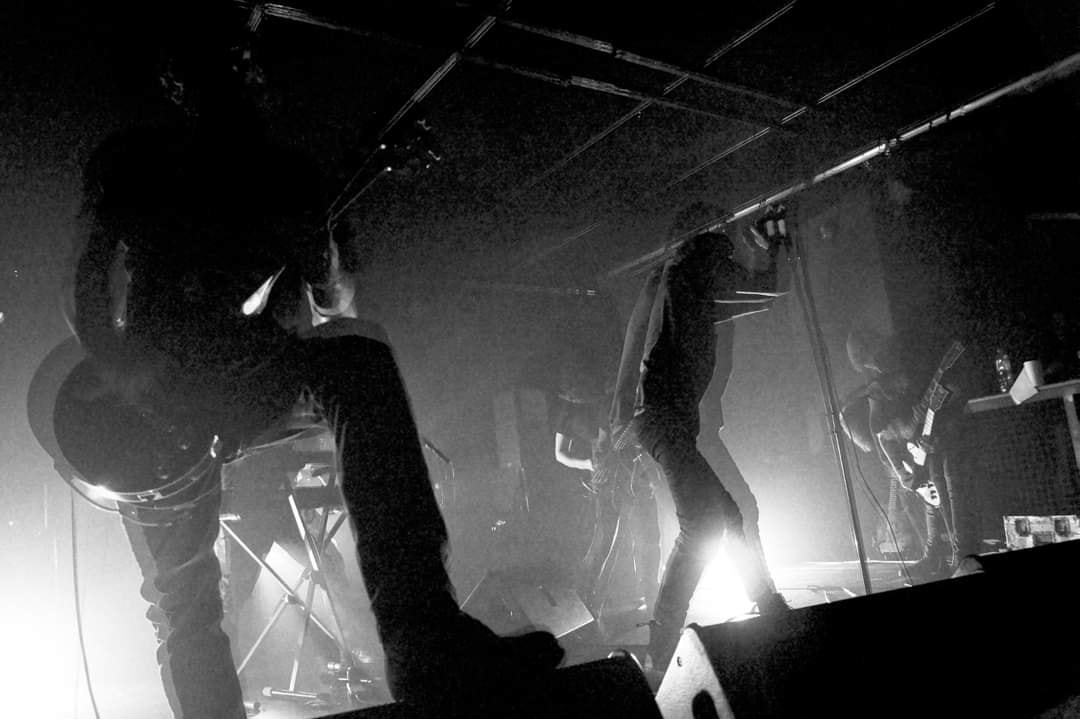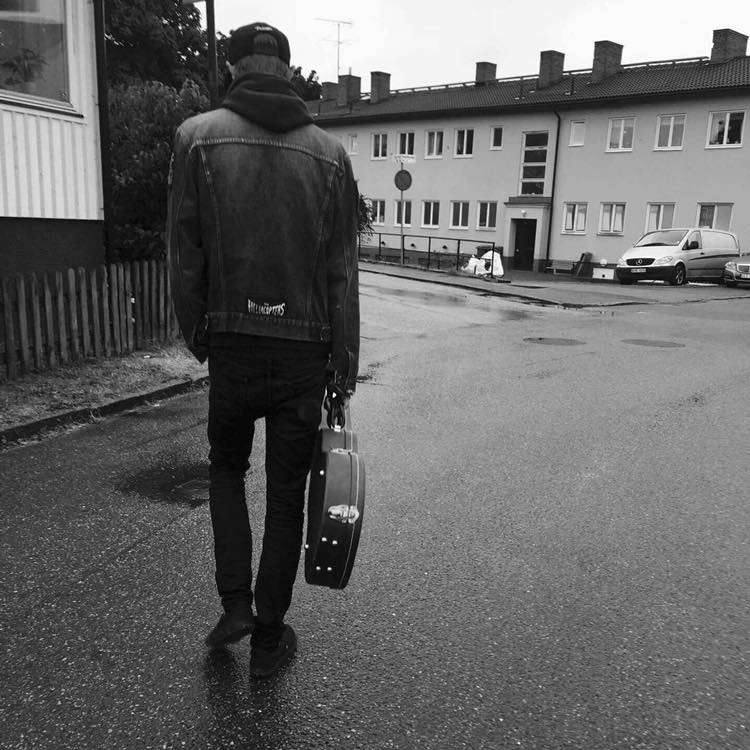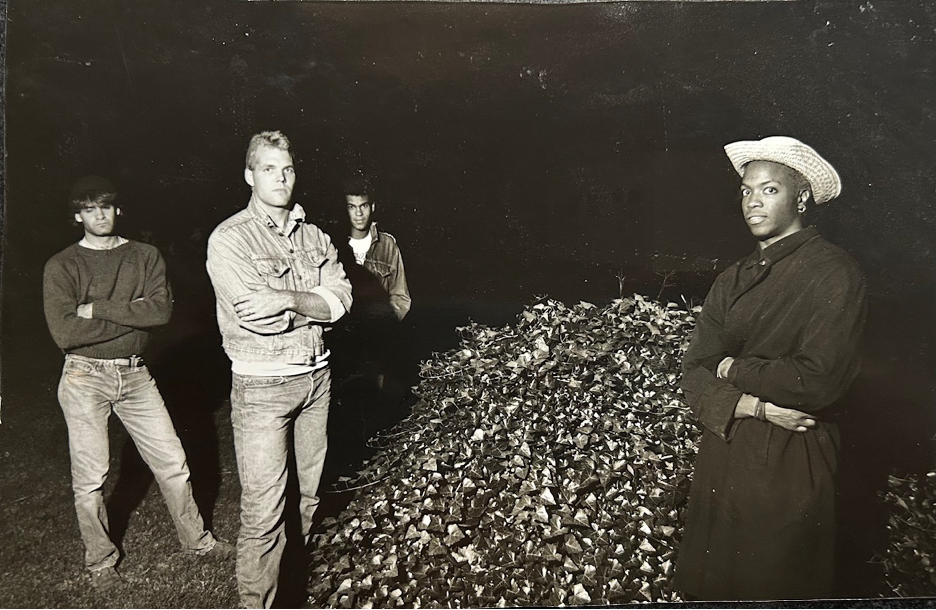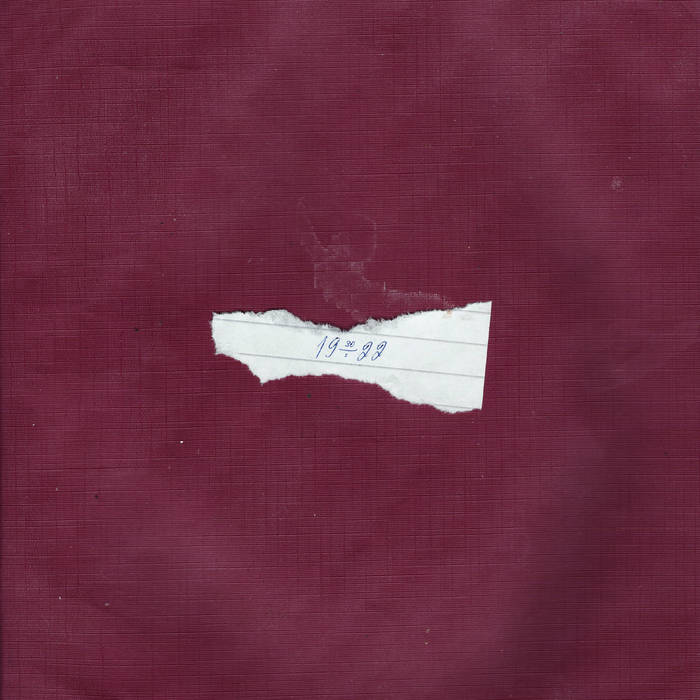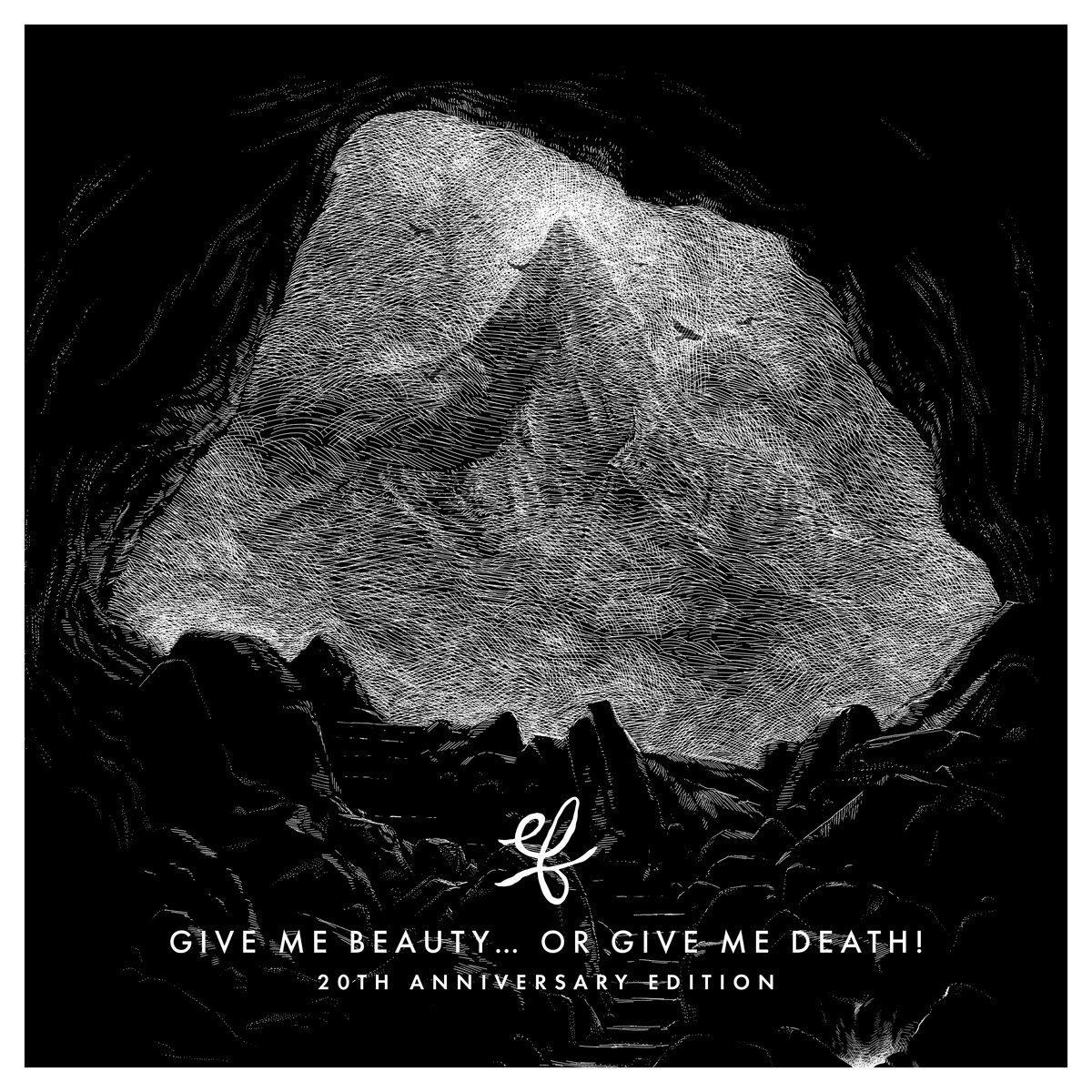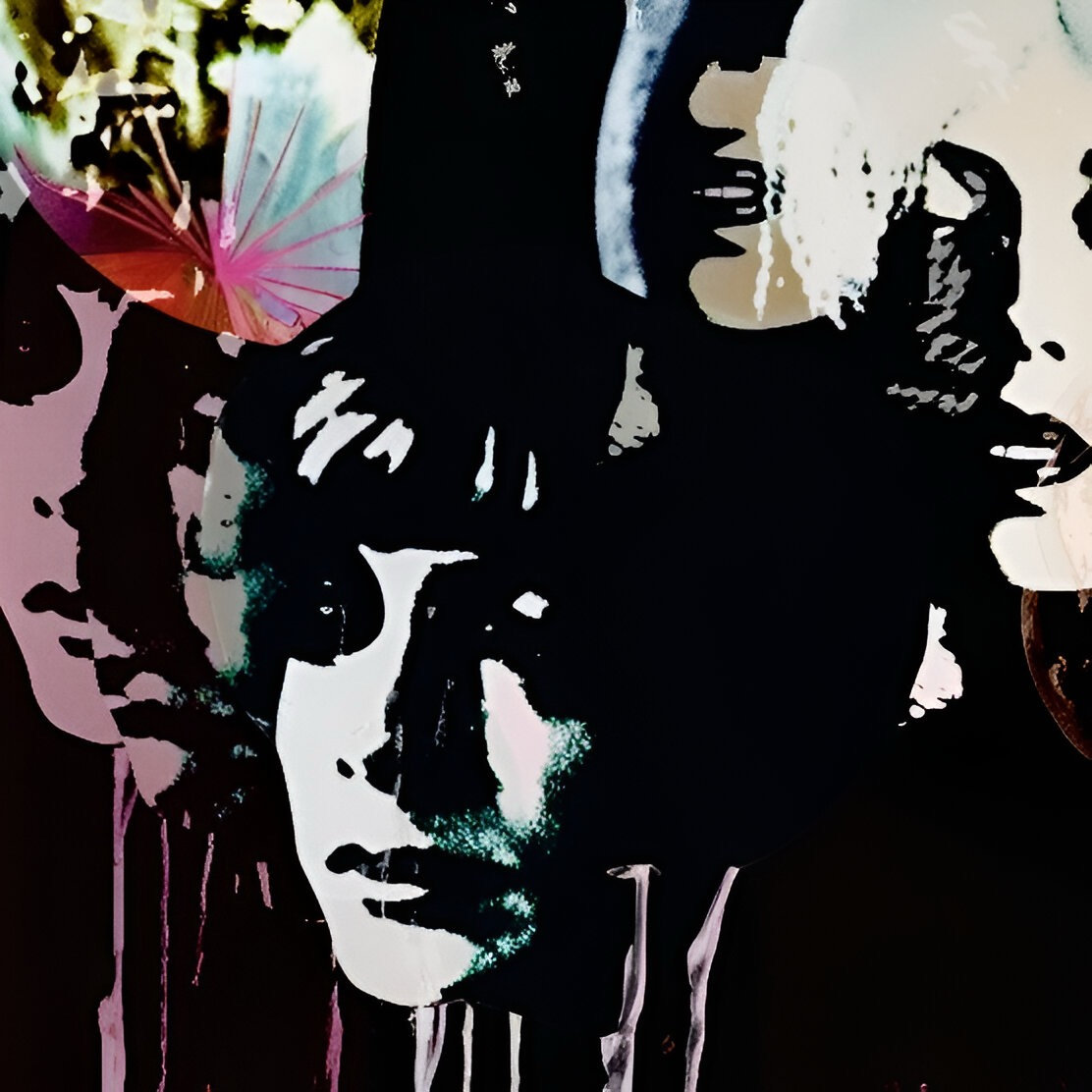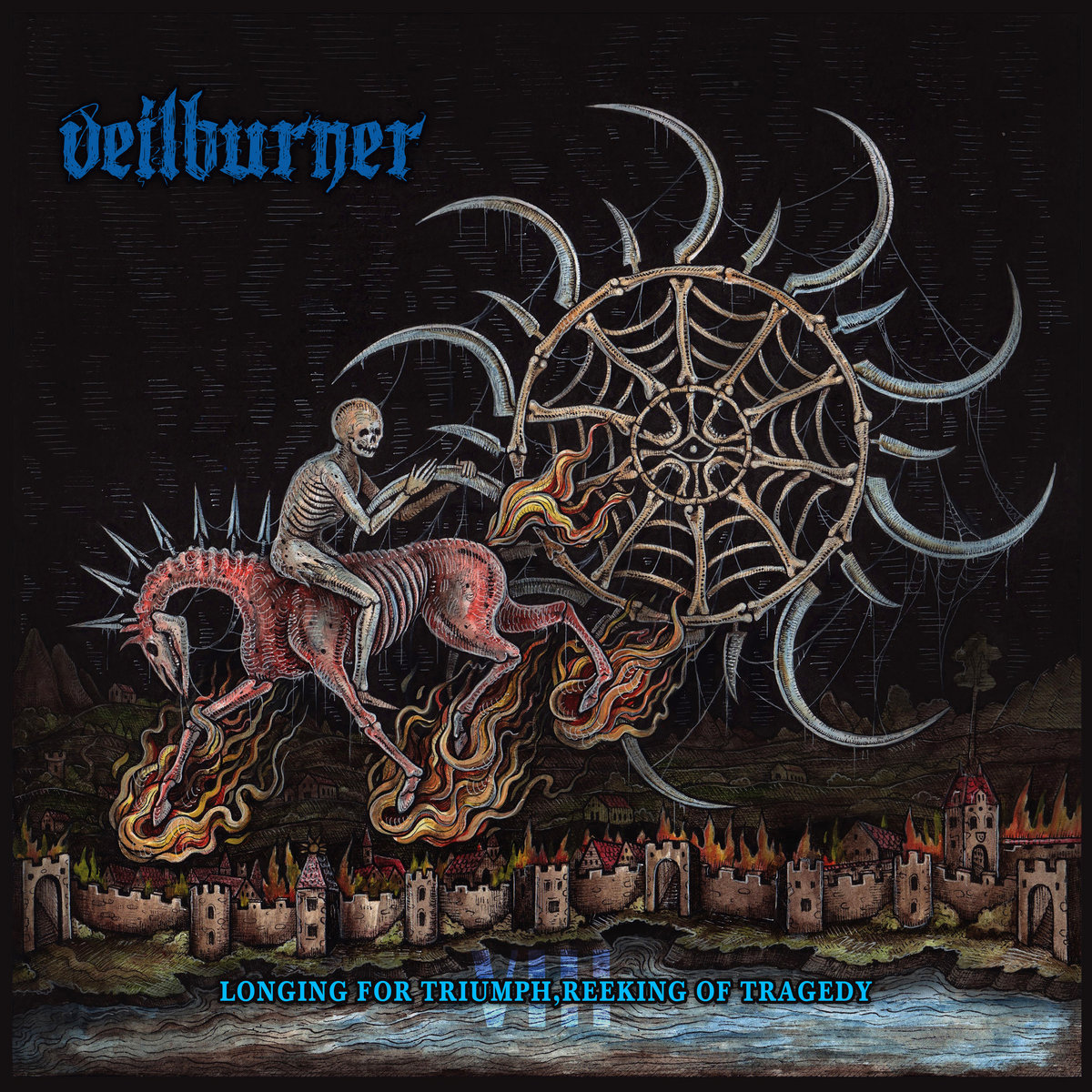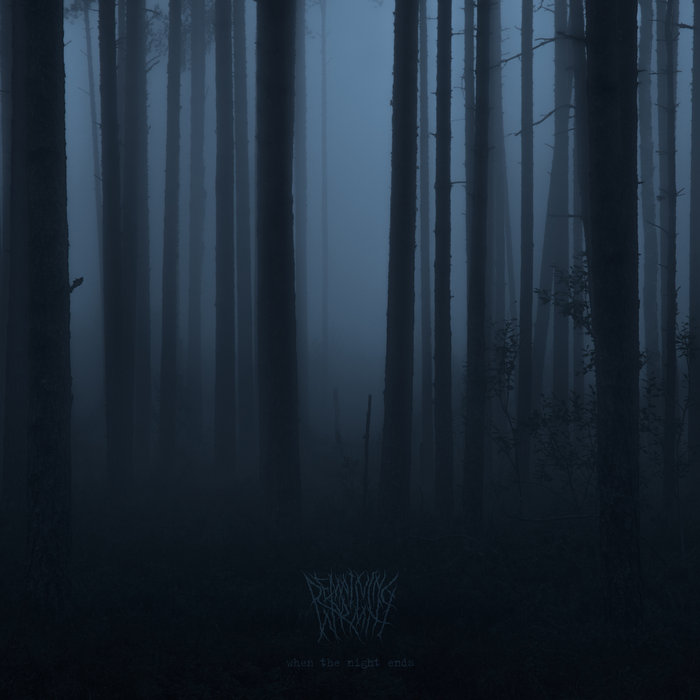Before listening to a record by Thurston Moore you never know what you’re gonna get – it could be harsh noise or experimental ambient, it could be perfect alternative rock or it could be austere avantgarde. His latest work was even released on Southern Lord Records – but, it only fits the label’s roster in the way that it doesn’t care about that roster – just like several other bands on there too. What do we get with Screen Time? Well, let’s just say it’s more ambient and avantgarde than anything else.
As with many of the more abstract records, Thurston has published over the last five decades, Screen Time also has a very concrete background that is the basis for everything we hear. 2020, when the record was conceptualized and written, was not only the year the big pandemic started but it was also the year when the Black Lives Matter movement gained ground – righteously so. The news about the murder of George Floyd and all the other incidents were all over the screens, whether it were big TV screens or small mobile phones. And with that there arose some questions for parents: How much can we allow our children to see these things? Allow it at all costs? How much shall we interfere with them seeing the footage? Which footage to be precise? How can we help our little ones to understand these events? Is is possible to use these events to raise our children to become better human beings?
So, with questions like that connected to the screen time of our children, we should take a step towards Screen Time now: Each song seems like a fragment looking at the events from another angle, and thus each song holds a little different soundscape: When ”The Home” is a bit hectic (just like children are), the following ”The View” is much calmer and more soothing, as if one has taken a step back in order to breathe and see the bigger picture. What Moore achieves on this record when it comes to tonality is simple amazing, because he uses tuning and often the most simple instrumentation to create a whole clear-cut, precise picture in our minds.
Take ”The Dream” as an example – warm, but not embracing, comforting but not overwhelming, it sounds a little bit like the small lightning bolt behind our eye lids right before we drift off to sleep and right when the dreams start, dreams which are nothing but the result of our subconscious slowly taking control of our mind. ”The Realization” is even better at it, because the way that he imitates the widening of one’s eyes by a small echo on the little bend of the strings is mesmerizing. It seems as if he really studied the facial expressions of people and then set out to put these expressions into sound. And achieved it.
Some of the tracks on here hold similarities to other works by Thurston, but one thing should be clear: We are not talking about songs, so if you are searching for tracks like “100%”, “Teen Age Riot” or ”Youth Against Fascism” then this record might do you no good. However, if you can twist your mind around records like ”Experimental Jet Set, Trash and No Star or NYC Ghosts & Flowers, you will also enjoy this record then. It will not disappoint you, when you have to work your way into the tracks on Screen Time because you can find a lot of onomatopoeic sounds that imitate life in a highly minimalist manner full of mimicry.

